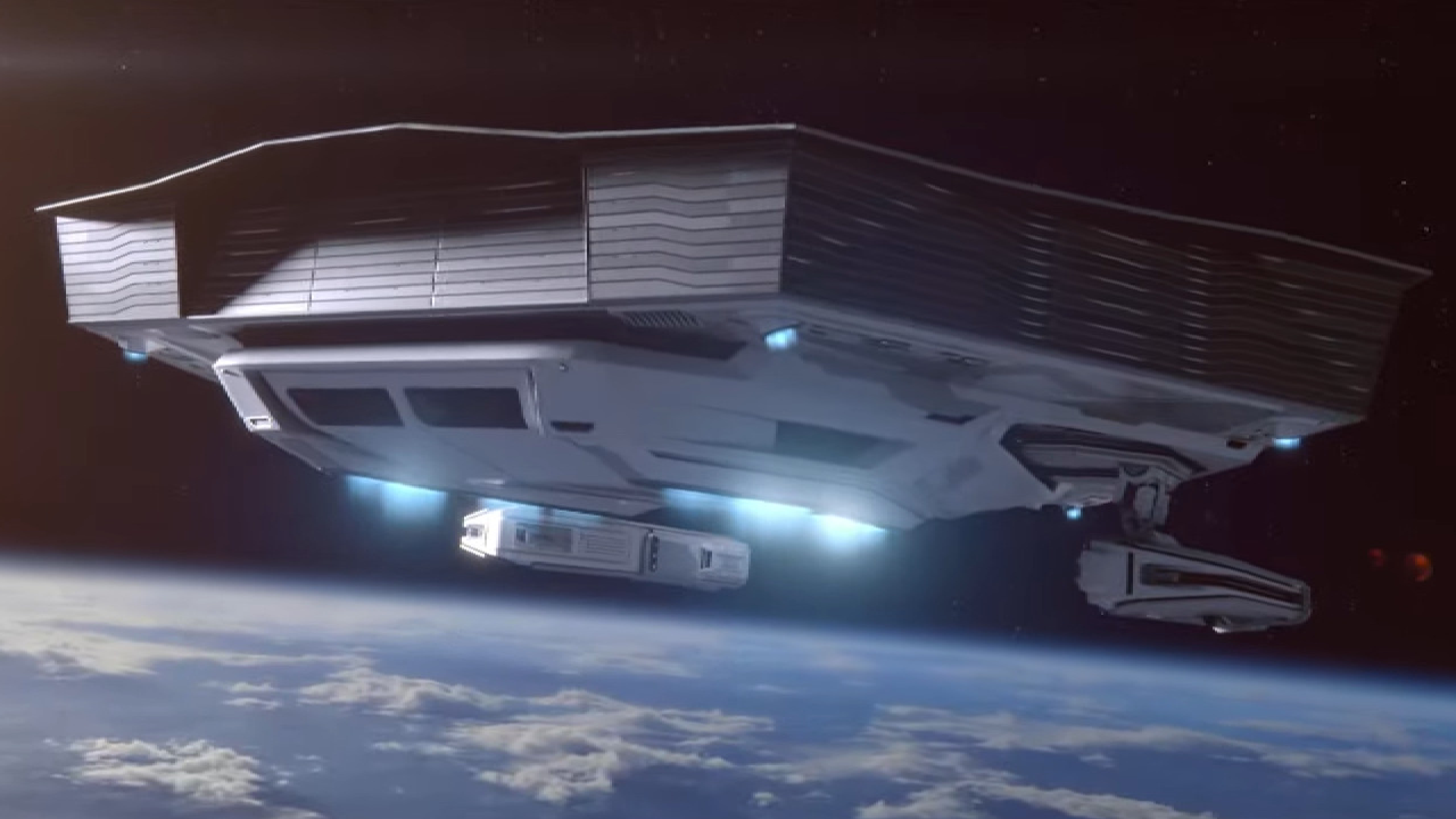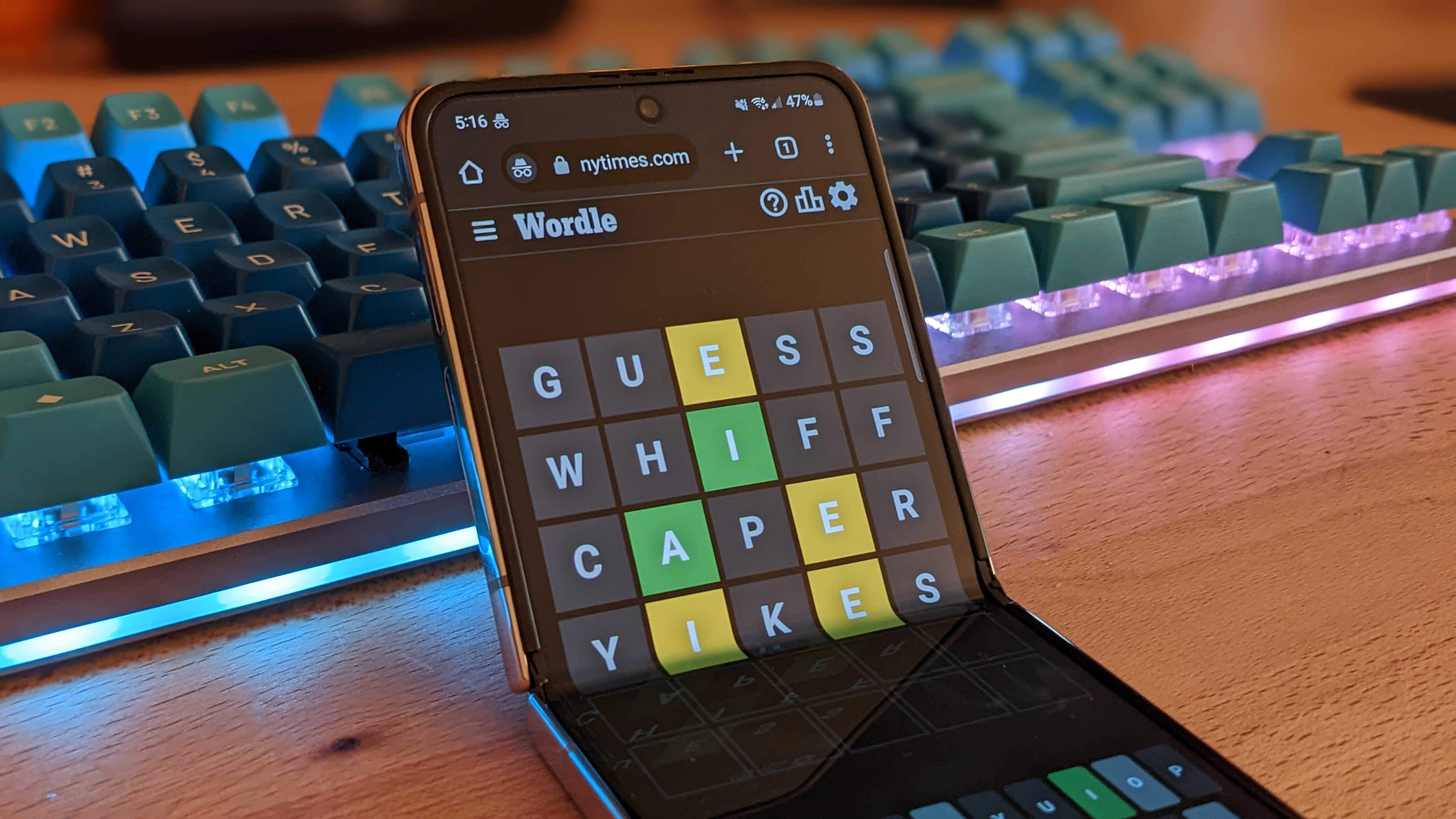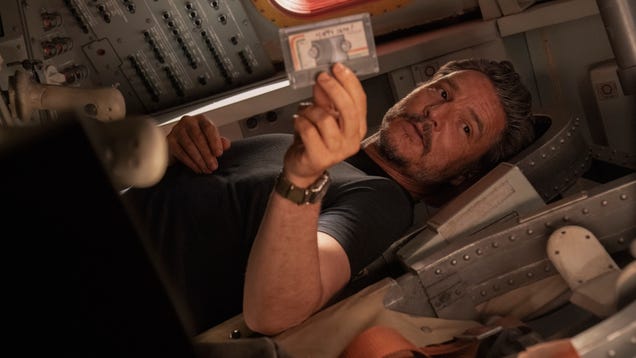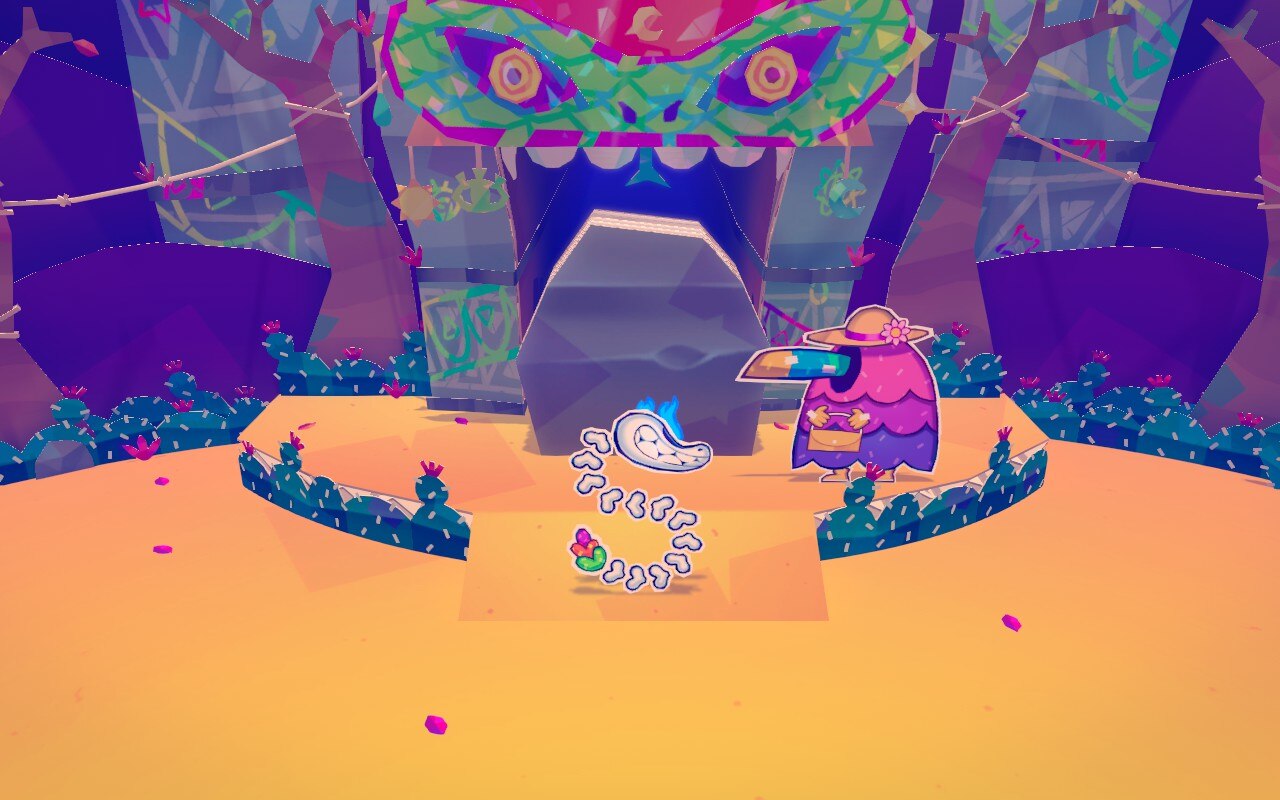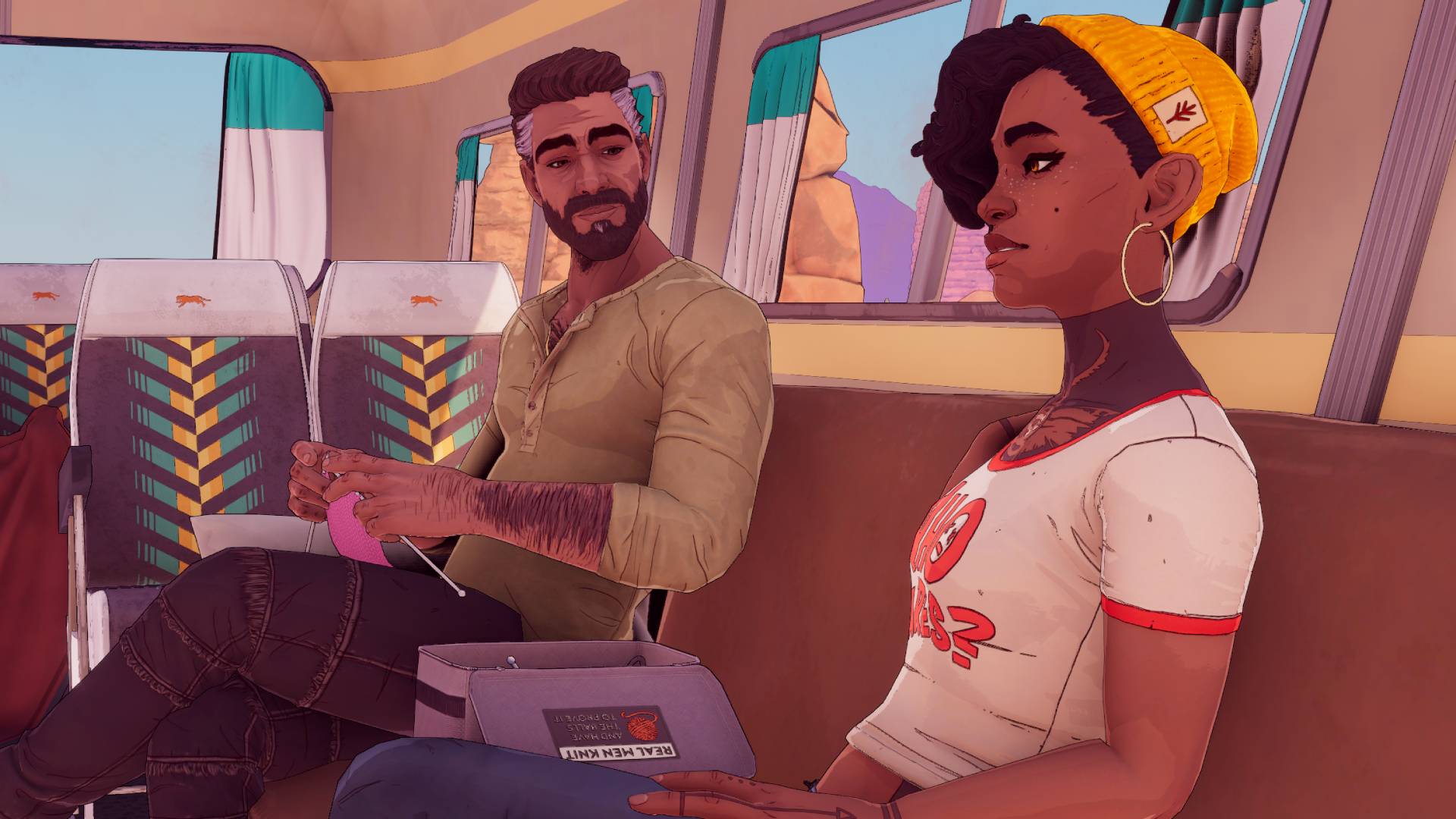
The road-trip adventure makes its negative space the star of the show.
Dustborn is a game with a lot going on. A complex, politically messy alternate-earth setting, persecuted misfit heroes with vocal-based superpowers (it’s all rather X-Men, social justice commentary and all), conspiracies, adventures, a heist getaway plan that includes a pop-punk band tour across America—all of that and a bag of chips, wrapped in a sharp comic book aesthetic and told through a mixture of bantery, Bioware-ish RPG-lite action and Telltale-style episodic decision making.
Red Thread Games (the studio behind Draugen and Dreamfall Chapters, headed by veteran videogame wordsmith Ragnar Tørnquist) might have bitten off a bit more than it can reasonably chew. All those disparate elements can grind awkwardly against each other in places, and the combat is undeniably stiff and janky, with sassy battle-chatter frequently interrupted or cut short. But somehow, Dustborn holds together well enough to be an enjoyable romp, thanks in large part to an unusual focus on the moments where you’re not doing very much at all.
Dustborn makes negative space a primary feature. It dedicates an uncommon amount of its (respectably beefy) play-time to just sitting down and talking through recent events with your crew. Lengthy after-action camping sequences divide episodes of adventure, and even during tense encounters characters will stop for a breather to talk through their feelings about the situation and each other. No gruff action-men conveying all their thoughts and feelings with a grunt and a nod here; superpowers aside, these are soft and fragile people with things to say, and the game gives them plenty of time to say it.
Talking heads
Negative space has always been an important part of games, especially when there’s a lot of plot or game mechanics to digest. Our squishy, porous brain-meats need time to properly sort, collate and comprehend what they’ve been up to. Often, this just takes the form of busywork, be it long travel times or inventory shuffling. It gives the players room to breathe, but the cast are often expected to do a Hollywood walk-and-talk, ideally with the snappiest possible banter. Dustborn goes its own way and dedicates what feels like almost half its length to making these quiet segments memorable in their own way.
(Image credit: Red Thread Games)
While many of these sequences can be tapped out of early or even skipped entirely, I feel that they’re the heart of the experience. Each camp-site or location to sit down is a bespoke environment, often featuring the characters in fresh outfits and new poses. As the characters occupy themselves with their own hobbies and obsessions, you get to wander around and listen to them chatting, or sit down for a one-on-one and see how they’re feeling.
What do you say to your party’s heavy-hitting but soft-hearted tank—one of the starting party—when she starts to feel sidelined by a growing roster of friends and allies? There’s no easy answers, because people are messy. This may be a game with boss fights against robots and long brawls with alt-history JFK’s jetpacking fascist police force, but for the most part, it’s a cozy, almost intimate time.
These quiet moments aren’t without mechanical value in Dustborn, either. Each of your crew have several named facets to their personality which can be encouraged or suppressed through dialogue choices. The game is keen to stress that none are explicitly good or bad—they’re just different ways for the story to play out. Those personality profiles offer different dialogue during quieter moments, but they can also determine what options are available during adventure sequences. When stranded on a highway with no easy routes out, stealing a truck might be an option if you’ve encouraged your party engineer’s more pragmatic side. But if you’ve nurtured their idealistic streak, they might reject that plan, forcing a search for an alternative solution.
(Image credit: Red Thread Games)
Fundamentally, it’s nothing new. Plenty of games have echoed the party member moments that BioWare made famous with Mass Effect and Dragon Age; the recent Baldur’s Gate 3 had its share of campsite conversations when your companions weren’t frantically trying to jump your bones. But Dustborn feels like a more extreme extrapolation, using the downtime to properly deconstruct and analyze itself through the lenses of its diverse and often disagreement-prone band of heroes. It’s not a trick that every game can pull off, and the indulgently long dialogues aren’t something that other mediums could easily manage.
It won’t be Dustborn’s clumsy combat sequences that’ll see me through to its end. It’ll be its characters, and the meandering conversations we share in the moments between.

